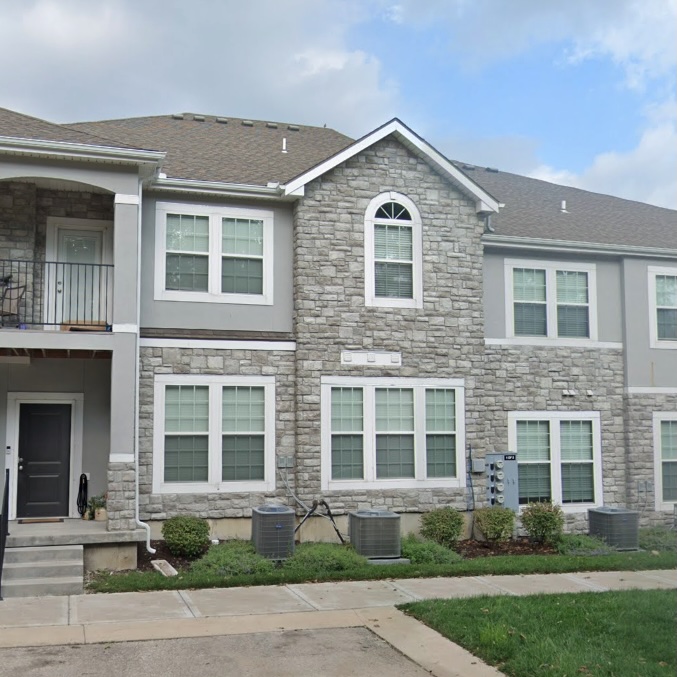Submeter Billing Methods: Full Allocation vs. Residential Tiered Rate
Articles





Water billing in apartments and condos can be confusing, and with Colorado’s new HB 1090 law taking effect on January 1, 2026, it’s more important than ever to get it right. The way tenants are billed for water can mean the difference between being fully compliant or unintentionally breaking the law. One of the biggest points of confusion is whether to use residential tiered rates or a method called full allocation billing. At first glance, tiered rates may sound fair, but in practice they can create serious problems for both property owners and tenants.
What tiered rates are meant for
Tiered water rates are designed for single-family homes. With this type of billing, the more water you use, the higher the rate becomes. For example, the first 2,000 gallons may be billed at a lower price, but once you pass that limit, the rate per gallon increases. Cities often use this method to encourage conservation at the household level. However, apartment buildings and condos rarely have individual city accounts for each unit. Instead, the entire property is served by one large “master” water meter. That meter is not billed on residential tiers at all—it is billed at a commercial rate, which stays consistent no matter how much water is used.
Why tiered billing causes problems
The problem arises when some submetering companies try to treat each tenant as if they had their own separate account with the city. They apply residential tiered rates to each unit individually, as though every tenant had their own water meter from the utility. When this happens, the total of all the tenant bills can actually add up to more than the real bill from the water company. For example, if the city charged a flat commercial rate for the whole property, the property might owe $10,000 in water charges. But by applying tiered residential rates to each tenant, the total collected from tenants might come out to $11,500 or even more. That extra $1,500 is not tied to any actual cost—it’s an overcharge created by using the wrong rate structure.
To be clear, some localities do permit this type of tiered billing. However, it may conflict with state laws such as Colorado’s HB 1090. To avoid the risk of charging tenants more than the utility billed for the property, we generally recommend using a full allocation method. This ensures that the total tenant charges always match the utility bill and never go over.
How HB 1090 changes the rules
Colorado’s HB 1090 was written to stop exactly this kind of overcharging. The law clearly says that tenants cannot be billed more than what the utility charges for the property’s water service. If a billing method leads to tenant charges that are higher than the master water bill, the landlord or billing company could be out of compliance. Starting in 2026, this could open property owners up to legal challenges, fines, and tenant disputes. In other words, what might seem like a small detail about how to calculate water bills could turn into a major legal risk.
Why full allocation billing is the safe choice
Full allocation billing avoids this problem completely. Instead of pretending each tenant has a separate city account, full allocation starts with the actual master water bill. That’s the bill the utility sends to the property, based on commercial rates. With submetering in place, each tenant’s water usage is measured directly. The master bill is then divided according to the real usage from each unit. If one tenant used 8% of the water on the property, they pay 8% of the water cost. If another tenant used 15%, they pay 15%. The total of all tenant bills always matches the amount charged by the water company—never more, never less.
This approach is both fair and simple. Tenants pay only for the water they personally use, and the property owner can be confident that the total charges will never exceed the actual utility bill. There’s no risk of hidden overages, no complex tiered calculations, and no possibility of stepping outside the limits of HB 1090. It also builds trust with tenants, who can see clearly that their bills are based on their own usage and the real charges from the city, not on a billing trick that inflates costs.
The bottom line for property owners
In the end, the choice between residential tiered rates and full allocation billing isn’t just about math—it’s about compliance and fairness. Tiered rates might work for single-family homes, but they don’t fit the way water is billed to multifamily properties. With HB 1090 setting strict limits, property owners can’t afford to risk overbilling their tenants. Full allocation billing, backed by accurate submetering, is the only method that ensures both legal compliance and peace of mind for everyone involved.
If you’d like to learn more about how full allocation billing works and how SimpleSUB can keep your property compliant with HB 1090, contact SimpleSUB Water today.
FAQ
What are tiered water rates?
Tiered water rates are a pricing system often used for single-family homes. The idea is that the first part of water you use is billed at a lower price, but as you use more, the cost per gallon increases. This system encourages conservation, but it is not how apartments or condos are billed since those properties are on commercial rates with a single master meter.
Why can tiered rates cause overcharging?
If each tenant in an apartment building is billed as though they had their own residential account, the total of all tenant bills can end up being more than the real bill from the water company. That extra amount isn’t tied to any actual cost — it comes from applying the wrong rate structure to multifamily properties.
What does HB 1090 say about this?
Starting January 1, 2026, HB 1090 in Colorado requires that tenants cannot be charged more than the actual amount billed by the water utility. If the combined tenant bills add up to more than the master water bill, the landlord or billing company could be violating the law.
How does full allocation billing work?
Full allocation billing begins with the property’s real master water bill. Submeters measure each tenant’s actual usage, and then that usage is used to divide the master bill fairly. If a tenant uses 10% of the property’s water, they pay 10% of the master bill. The total of all tenant bills always equals the utility bill, never more.
Why is full allocation billing the safest choice?
This method is simple, fair, and fully compliant with HB 1090. Tenants pay only for what they use, property owners avoid legal risks, and everyone has confidence that the total billed will never exceed what the water company charged.
How can I learn more?
To learn more about how full allocation billing works — and how SimpleSUB helps properties stay compliant with HB 1090 — contact SimpleSUB Water today.
Disclaimer: This article is provided for informational purposes only and does not constitute legal advice. It is not intended to substitute for consultation with a qualified attorney licensed to practice in your jurisdiction. Landlords, property managers, and other readers are solely responsible for ensuring their compliance with HB25‑1090 and any other applicable federal, state, or local laws. By using this content, you acknowledge that you assume full responsibility for any decisions made or actions taken based on the information provided herein.
Request a Demo
We’ll design an affordable, easy-to-install solution for your submetering project, large or small.
Read Related Articles

Articles

Articles

Case Study


